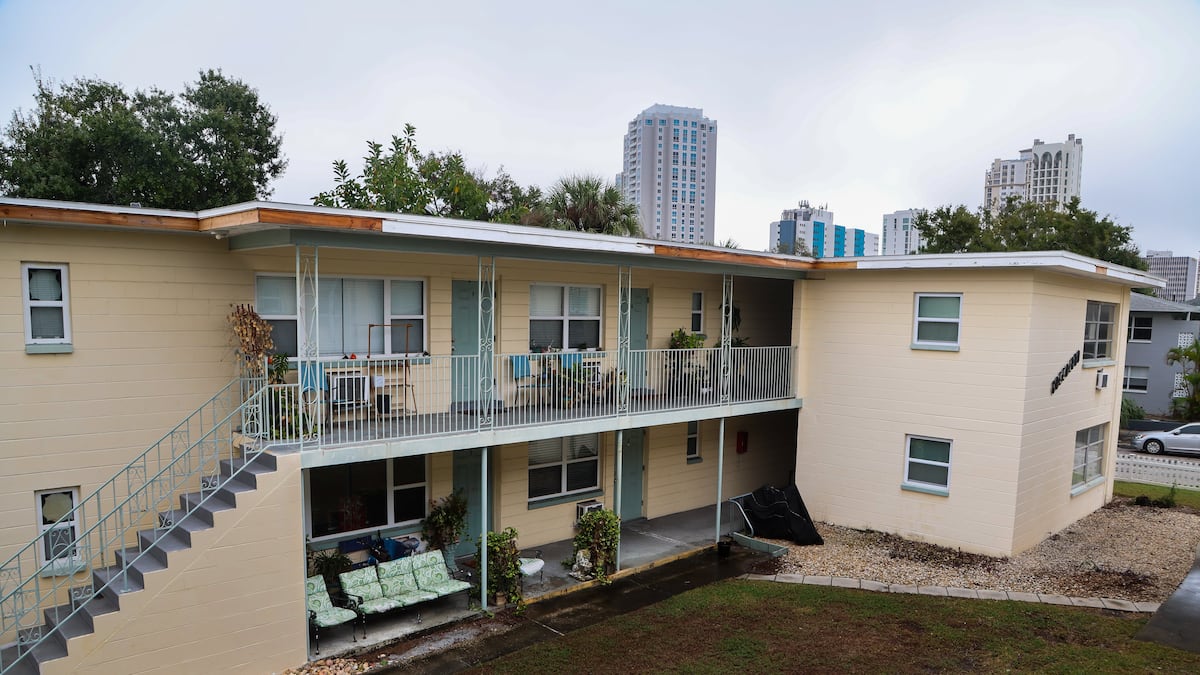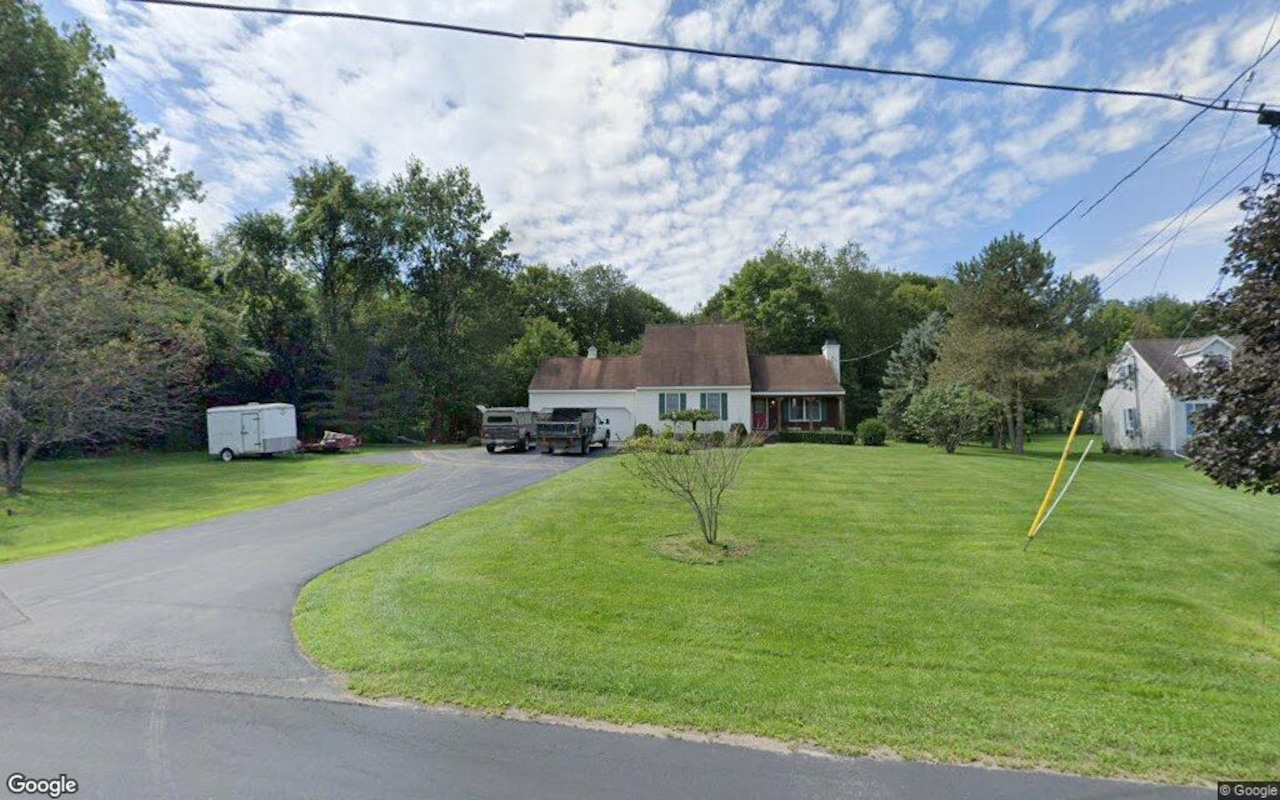H
omeowners can start real estate investing by leveraging their primary residence. One strategy, known as house hacking, involves renting part of your home to offset mortgage costs. This approach can expand your real estate investment portfolio and is a cost-effective way to build equity quicker while lowering overall risk.
Amanda Han and Matthew MacFarland, full-time CPAs and part-time real estate investors, recommend two main ways to leverage your primary residence. First, house hacking allows you to rent a portion of your home to offset or eliminate your mortgage payment. This can be achieved through favorable owner-occupied financing terms, such as lower down payments and interest rates.
Second, converting your primary home into a rental property is another option. Han and MacFarland have done this themselves, moving out of their original home and renting it out long-term before eventually selling it and using the Section 121 Exclusion to avoid capital gains tax on the sale. This approach can be a simple way to notch your first rental or add to an existing portfolio.
Han emphasizes that leveraging a primary home is not just for newbies, but can benefit everyone looking to catapult their real estate growth.












